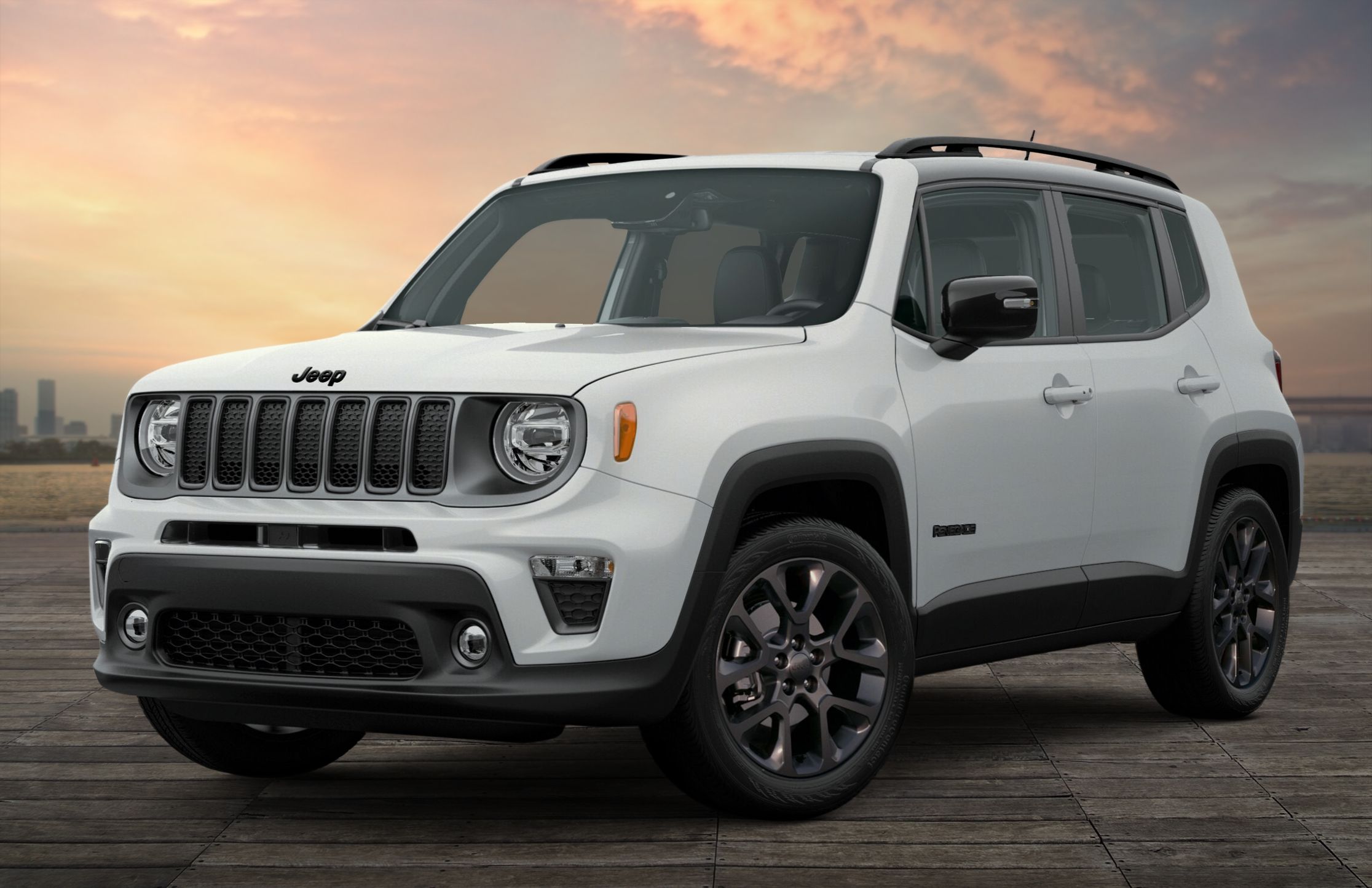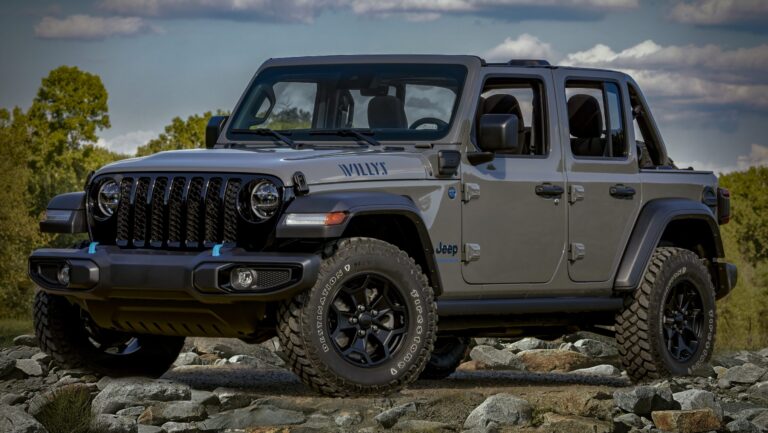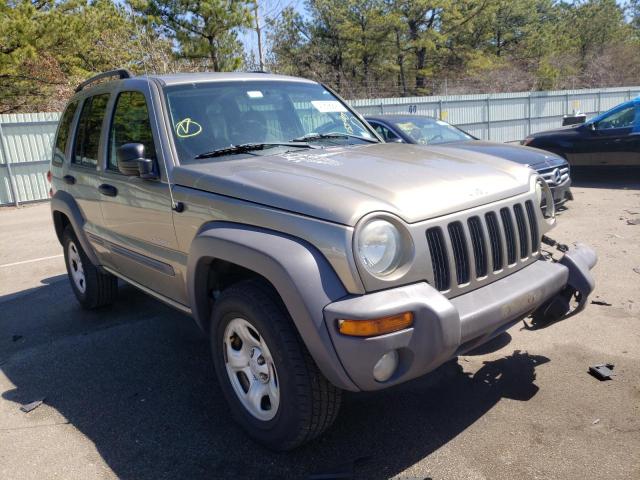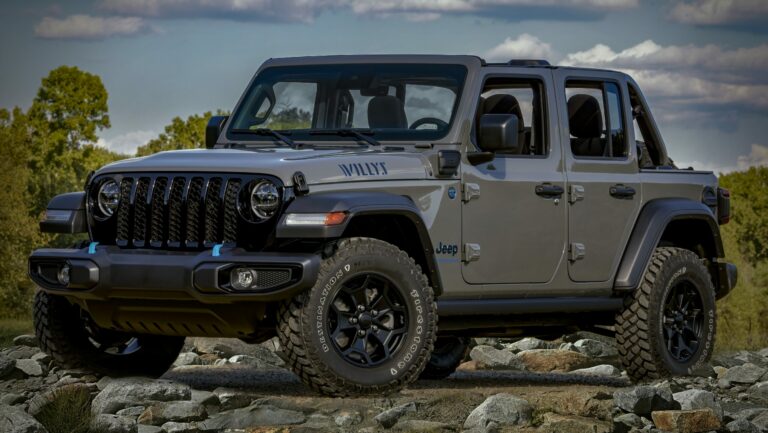Jeep JK Transfer Case For Sale: Your Ultimate Guide to Replacement and Upgrade
Jeep JK Transfer Case For Sale: Your Ultimate Guide to Replacement and Upgrade jeeps.truckstrend.com
The iconic Jeep Wrangler JK (2007-2018) is renowned for its off-road prowess, a capability deeply rooted in its robust drivetrain. At the heart of this system lies the transfer case – a critical component that dictates whether your JK is a pavement cruiser, a snow conqueror, or a rock-crawling beast. For many JK owners, the phrase "Jeep JK Transfer Case For Sale" isn’t just a search query; it’s a call to action, signaling either a necessary repair, a performance upgrade, or the quest to restore their beloved Wrangler to its full potential.
This comprehensive guide will delve into everything you need to know about purchasing a transfer case for your Jeep JK. From understanding its function and identifying common issues to navigating the market for new, used, or remanufactured units, we’ll equip you with the knowledge to make an informed decision and get your JK back on – or off – the trail.
Jeep JK Transfer Case For Sale: Your Ultimate Guide to Replacement and Upgrade
Understanding the Jeep JK Transfer Case: The Heart of 4WD
Before diving into the market, it’s essential to grasp what a transfer case does. In a nutshell, the transfer case is a gearbox that sits between your transmission and the front and rear drive shafts. Its primary functions are:
- Distributing Power: It splits engine power between the front and rear axles, allowing for 2-wheel drive (2H) or 4-wheel drive (4H, 4L) operation.
- Gear Reduction: In 4-low (4L) mode, it provides significant gear reduction, multiplying torque to deliver maximum power at low speeds – crucial for tackling steep climbs, deep mud, or crawling over obstacles.
Most Jeep JK Wranglers came equipped with one of two New Venture Gear (NVG) transfer cases:
- NV241 Command-Trac: Found in Sport and Sahara models, this part-time 4WD unit offers 2H, 4H, and 4L (with a 2.72:1 low range ratio). It’s robust and perfectly adequate for most off-road scenarios.
- NV241OR Rock-Trac: Exclusive to Rubicon models, this transfer case boasts an impressive 4.0:1 low range ratio. This significantly deeper gearing provides superior torque multiplication for extreme rock crawling and slow-speed technical trails, giving Rubicon owners a distinct advantage in challenging terrain.

Understanding which transfer case your JK originally had, and what your driving needs are, is the first step in your search.
Why You Might Need a Replacement JK Transfer Case

While built tough, transfer cases are subjected to immense stress, especially during aggressive off-roading. Several symptoms can indicate a failing transfer case, prompting a search for a "Jeep JK Transfer Case For Sale":
- Grinding or Clunking Noises: Especially when shifting between modes or under load, this often points to worn gears, chains, or bearings.
- Difficulty Shifting Modes: If your JK struggles to engage 2H, 4H, or 4L, or if the shifter feels excessively stiff or loose, it could be a transfer case issue.
- Fluid Leaks: Puddles under your Jeep, particularly reddish-brown fluid, suggest seal failures that can lead to catastrophic damage if left unaddressed.
- Vibrations: Unusual vibrations that intensify with speed or when in 4WD can be a sign of internal wear or imbalance.
- No Power to Wheels (in 4WD): If the transfer case isn’t engaging correctly, power may not be distributed, leaving you stranded.
- Burning Smell: Overheating due to low fluid or excessive friction can produce a distinct burning odor.

Common causes of failure include:
- Lack of Maintenance: Infrequent fluid changes can lead to premature wear.
- Off-Road Abuse: High-impact situations, constant high-load crawling, or attempting to shift on the fly incorrectly can stress components.
- Contaminated Fluid: Water intrusion or metal shavings in the fluid accelerate wear.
- Worn Internal Components: Over time, chains stretch, bearings fail, and gears wear down.
Types of JK Transfer Cases Available For Sale
The market for JK transfer cases offers several avenues, each with its own pros and cons:
-
Used/Salvaged Transfer Cases:
- Pros: Most affordable option. Can be a quick fix if you’re on a tight budget.
- Cons: Unknown history and mileage. Risk of hidden damage, worn components, or improper storage. Often sold "as-is" with no warranty. Requires thorough inspection.
- Where to find: Junkyards, online marketplaces (eBay, Craigslist), dedicated Jeep forums.
-
Remanufactured/Rebuilt Transfer Cases:
- Pros: A good balance of cost and reliability. These units are disassembled, inspected, worn components are replaced (bearings, seals, chains, sometimes gears), and then reassembled to OEM specifications. Often come with a limited warranty (e.g., 1-3 years).
- Cons: Not "new," so there’s always a slight chance of issues, though reputable remanufacturers minimize this. Can still be pricier than used.
- Where to find: Specialized drivetrain shops, online auto parts retailers, some dealerships.
-
New OEM/Aftermarket Transfer Cases:
- Pros: Highest reliability and peace of mind. Comes with a full manufacturer’s warranty. Guaranteed fit and performance. Aftermarket options can offer performance upgrades.
- Cons: Most expensive option.
- Where to find: Jeep dealerships, major online auto parts stores (Mopar parts), performance off-road shops.
-
Upgrade Options (e.g., Atlas Transfer Cases):
- For serious off-roaders, an aftermarket transfer case like an Atlas II or Atlas 4SP from Advance Adapters offers unparalleled strength, multiple low-range ratios, and independent front/rear drive capabilities.
- Pros: Extreme durability, customizability, enhanced off-road performance.
- Cons: Very expensive, often requires modifications to driveline, mounts, and shifters. Not a direct drop-in replacement for most JKs.
Key Considerations When Buying a JK Transfer Case
Making the right purchase requires careful thought. Here’s what to look for:
-
Compatibility:
- Model Year: While JKs are generally consistent, verify the exact year.
- Rubicon vs. Non-Rubicon: This is critical! An NV241OR (Rubicon) has a different low-range ratio and sometimes different output shafts or sensor configurations than an NV241 (Sport/Sahara). You can swap them, but it might require programming or other drivetrain modifications.
- Transmission Type: While less common for transfer cases, some have different input splines for manual vs. automatic transmissions. Always double-check.
- 2-Door vs. 4-Door (JK vs. JKU): Generally, the transfer case itself is the same, but drive shaft lengths will differ. This isn’t a transfer case compatibility issue but important for overall replacement.
-
Condition and Inspection (for Used Units):
- Fluid: Ask if the fluid was drained. If not, check its color and smell. Burnt fluid or metallic flakes are red flags.
- Shaft Play: Gently try to wiggle the input and output shafts. Excessive play indicates worn bearings.
- Case Integrity: Look for cracks, damage from impacts, or botched repairs.
- Shifter Engagement: If possible, try to cycle through the gears to feel for smooth engagement (though this is hard off the vehicle).
-
Warranty: This is paramount, especially for remanufactured or used units. A good warranty provides peace of mind. Understand what it covers (parts, labor, duration) and what voids it.
-
Seller Reputation: Buy from reputable sources. Check reviews, ask for references, and ensure they specialize in Jeep parts or drivetrain components. Avoid sellers with vague descriptions or no return policy.
-
Price vs. Value: The cheapest option isn’t always the best. A low-cost used unit might fail quickly, costing you more in the long run for labor and another replacement. Balance your budget with the need for reliability.
Installation: DIY vs. Professional
Replacing a JK transfer case is a moderately difficult to challenging DIY job. It requires:
- Tools: Standard wrenches, sockets, floor jack, jack stands, transmission jack (highly recommended), fluid drain pans, torque wrench.
- Knowledge: Familiarity with drivetrain components, proper fluid handling, and torque specifications.
- Physical Strength: The transfer case is heavy and awkward to maneuver.
Steps typically involve:
- Draining transfer case fluid.
- Disconnecting drive shafts.
- Disconnecting shift linkage, electrical connectors, and breather hoses.
- Supporting the transmission and removing the crossmember.
- Unbolting the transfer case from the transmission.
- Lowering and removing the old unit.
- Installing the new unit in reverse order.
- Refilling with the correct fluid.
If you’re not comfortable working under your Jeep, lack the proper tools, or are short on time, professional installation is highly recommended. A qualified mechanic will ensure proper installation, torque specs, and fluid levels, often providing a labor warranty.
Maintenance Tips for Your New/Replaced JK Transfer Case
Once you’ve installed your "new" transfer case, proper maintenance is key to its longevity:
- Fluid Changes: Refer to your owner’s manual for recommended intervals (typically every 30,000 miles or sooner for heavy off-road use). Always use the correct fluid type – for JKs, this is usually NV241/NV241OR-specific transfer case fluid (often Mopar MS-10216 or equivalent). Using the wrong fluid can cause severe damage.
- Check for Leaks: Periodically inspect your transfer case for any signs of fluid leaks around seals or case halves.
- Proper Shifting: Always shift into 4L while the vehicle is stopped and the transmission is in neutral (or park for automatic). Avoid shifting into or out of 4WD at high speeds or under heavy throttle.
- Avoid Abuse: Minimize unnecessary stress on the transfer case. Don’t drive in 4H on dry, high-traction surfaces (like pavement), as this can cause driveline binding and damage.
Price Table: Jeep JK Transfer Case For Sale (Estimated Ranges)
Please note: These prices are estimates and can vary significantly based on location, seller, condition, warranty, and current market demand. Always get specific quotes.
| Type of Transfer Case | Condition/Source | Key Features | Estimated Price Range (USD) | Warranty |
|---|---|---|---|---|
| NV241 (Sport/Sahara) | Used/Salvaged | Basic 2.72:1 low range. From wrecked or parted-out JK. | $300 – $800 | None to 30-day (limited) |
| NV241OR (Rubicon) | Used/Salvaged | 4.0:1 low range. Higher demand due to crawl ratio. | $700 – $1,500 | None to 30-day (limited) |
| NV241 (Sport/Sahara) | Remanufactured/Rebuilt | Disassembled, inspected, worn parts replaced, tested. | $800 – $1,500 | 1-3 years |
| NV241OR (Rubicon) | Remanufactured/Rebuilt | Disassembled, inspected, worn parts replaced, tested. Higher demand. | $1,200 – $2,200 | 1-3 years |
| NV241 (Sport/Sahara) | New OEM (Mopar) | Brand new unit, factory specifications. | $1,800 – $2,800+ | 2-3 years (Mopar) |
| NV241OR (Rubicon) | New OEM (Mopar) | Brand new unit, factory specifications. Premium for 4.0:1 ratio. | $2,500 – $4,000+ | 2-3 years (Mopar) |
| Aftermarket (e.g., Atlas) | New | Extreme duty, multiple low-range options, independent F/R drive, custom builds. | $3,000 – $5,000+ | Varies by manufacturer |
Note: Installation costs are separate and can range from $400 – $1000+ depending on labor rates and complexity.
Frequently Asked Questions (FAQ)
Q: How do I know if my Jeep JK transfer case is bad?
A: Common signs include grinding or clunking noises, difficulty shifting between 2WD/4WD modes, fluid leaks, burning smells, or vibrations coming from underneath the vehicle, especially when in 4WD.
Q: Can I upgrade my Sport/Sahara JK transfer case to a Rubicon (4.0:1) unit?
A: Yes, it is a common upgrade for non-Rubicon JK owners. The NV241OR (Rubicon transfer case) can be swapped in. However, depending on your JK’s year and transmission, you might need to address drive shaft lengths (especially if you have a lift), and in some cases, calibrate the speedometer due to the different internal ratios, though this is often not strictly necessary for basic functionality.
Q: What type of fluid does my Jeep JK transfer case take?
A: Most Jeep JK transfer cases (NV241 and NV241OR) require a specific transfer case fluid, often Mopar MS-10216 or an equivalent. Always consult your owner’s manual or a reputable service manual for the exact specification. Do NOT use automatic transmission fluid (ATF) unless explicitly stated as compatible for your specific transfer case model.
Q: Is it difficult to replace a Jeep JK transfer case myself?
A: It’s a challenging but doable DIY job for experienced mechanics or those with good mechanical aptitude and the right tools. The transfer case is heavy and requires working in tight spaces. For most owners, professional installation is recommended due to the complexity and the need for specialized tools like a transmission jack.
Q: What’s the difference between a remanufactured and a rebuilt transfer case?
A: While often used interchangeably, "remanufactured" typically implies a more thorough process. A remanufactured unit is completely disassembled, cleaned, inspected, and all worn or faulty components are replaced with new or re-machined parts to meet OEM specifications. It’s often tested rigorously. "Rebuilt" can sometimes mean only the failing components were addressed, without a full overhaul. Always ask for details on what exactly was done.
Q: Should I buy a used transfer case?
A: Buying a used transfer case can save money, but it comes with risks. The primary concern is the unknown history, mileage, and potential for hidden damage. If you choose this route, inspect the unit thoroughly, ask for its history (if available), and understand that it may come with little to no warranty. A remanufactured unit is generally a safer bet if a new one is out of budget.
Conclusion
The transfer case is the unsung hero of your Jeep JK’s legendary off-road capability. Whether you’re facing a critical repair or eyeing a performance upgrade, the market for "Jeep JK Transfer Case For Sale" offers a range of options to suit every budget and need. By understanding the different types of transfer cases, knowing what to look for, and considering the pros and cons of used, remanufactured, or new units, you can make an informed decision. Prioritize compatibility, inquire about warranties, and never underestimate the value of proper installation and ongoing maintenance. With the right transfer case, your Jeep JK will continue to conquer trails and provide years of adventure, ensuring its status as a true off-road icon.





